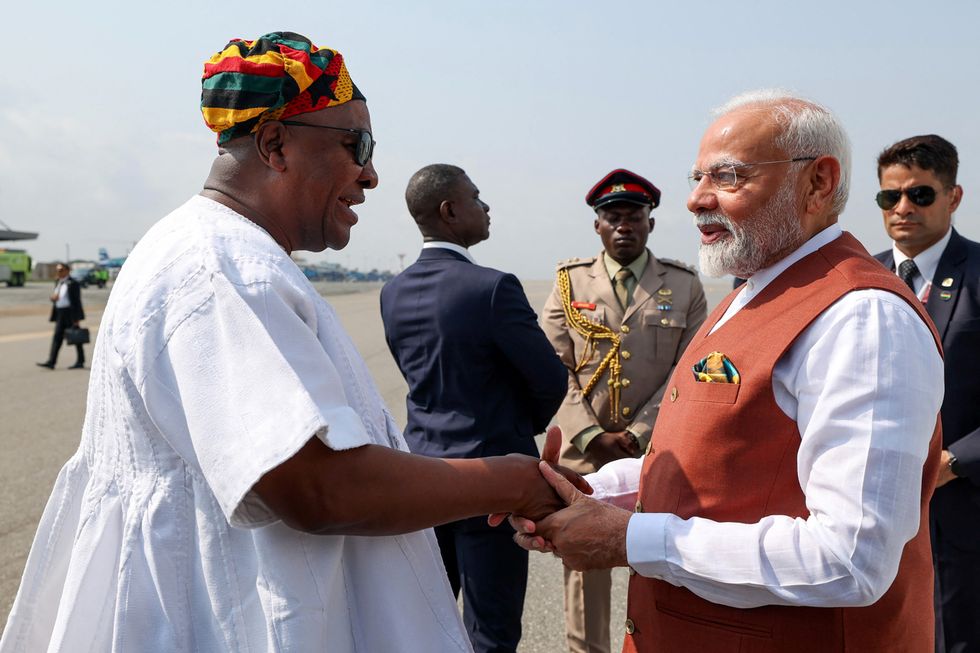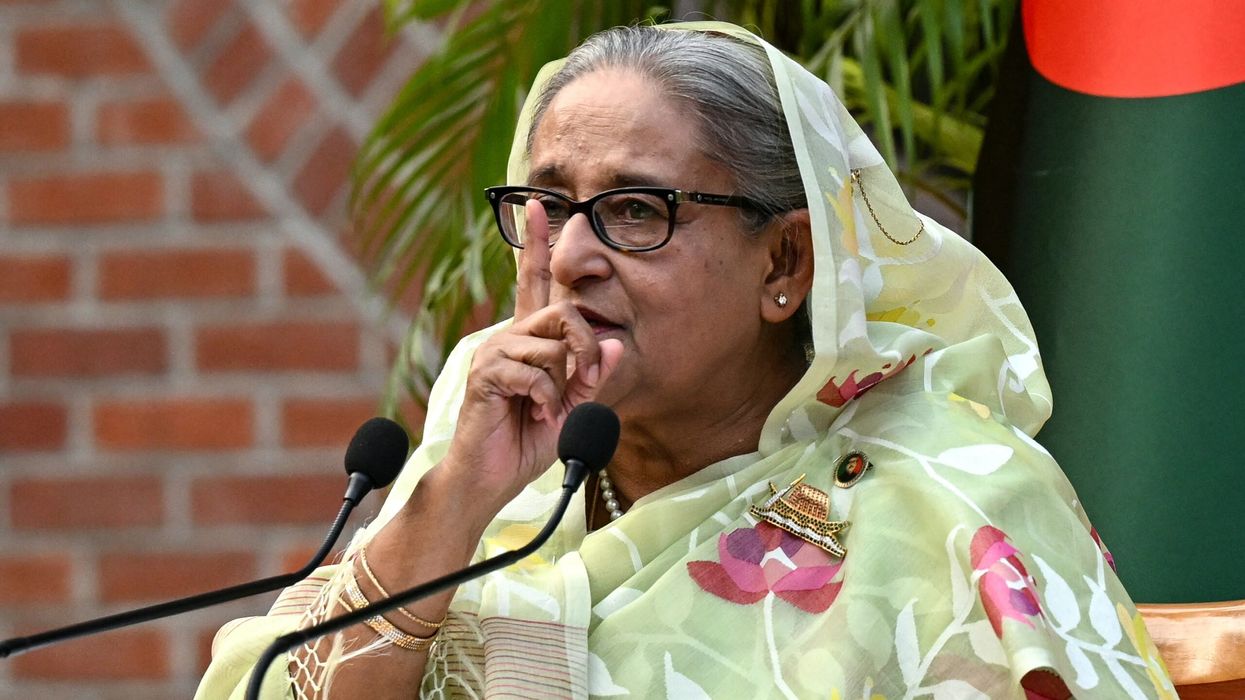A PRELIMINARY report into last month's Air India plane crash that killed 260 people has raised further questions, and the investigation is still ongoing, Air India CEO Campbell Wilson said in a memo to staff on Monday.
The initial report, released by India’s Aircraft Accident Investigation Bureau (AAIB) on Saturday, pointed to confusion in the cockpit shortly before the Boeing 787 Dreamliner crashed.
In a staff memo reviewed by Reuters, Wilson wrote: “The report had triggered a new round of speculation in the media ... Unsurprisingly, it provided both greater clarity and opened additional questions.”
He added: “The preliminary report identified no cause nor made any recommendations, so I urge everyone to avoid drawing premature conclusions as the investigation is far from over.”
No mechanical faults found
The memo noted that the report found no mechanical or maintenance faults, and confirmed all required maintenance had been completed.
The Boeing 787 Dreamliner was flying from Ahmedabad to London when it began losing thrust shortly after takeoff. Of the 242 people on board, all but one died. Nineteen people on the ground were also killed.
According to the AAIB report, one pilot asked the other in the final moments of the flight why he had cut off the fuel.
“The other pilot responded that he did not do so,” the report said. It noted that the fuel cutoff switches for engine two flipped almost simultaneously, but did not specify how.
The report did not suggest any immediate action for Boeing or GE, which supplied the aircraft’s engines.
Pilot body rejects early conclusions
ALPA India, which represents Indian pilots at the International Federation of Air Line Pilots’ Associations, rejected any presumption of pilot error and called for a “fair, fact-based inquiry”.
Campbell Wilson added in his memo: “The pilots had passed their mandatory pre-flight breathalyser and there were no observations pertaining to their medical status.”
The flight’s commanding pilot was 56-year-old Sumeet Sabharwal, who had logged 15,638 total flying hours and was also an Air India instructor, according to the Indian government. His co-pilot, Clive Kunder, 32, had 3,403 hours of experience.
Air India faces broader scrutiny
Following the crash, Air India has come under increased scrutiny on multiple fronts.
On July 4, the European Union Aviation Safety Agency said it would investigate Air India Express, the airline’s budget unit, after a Reuters report revealed it had failed to promptly replace engine parts on an Airbus A320 as mandated and falsified records to indicate compliance.
(With inputs from Reuters)


















 John Dramani Mahama welcomes Modi on his arrival in Accra last Wednesday (2)
John Dramani Mahama welcomes Modi on his arrival in Accra last Wednesday (2) South Africa’s president Cyril Ramaphosa, Brazil’s president Luiz Inacio Lula da Silva, Modi and China’s premier Li Qiang at the Brics summit last Sunday (6)
South Africa’s president Cyril Ramaphosa, Brazil’s president Luiz Inacio Lula da Silva, Modi and China’s premier Li Qiang at the Brics summit last Sunday (6)